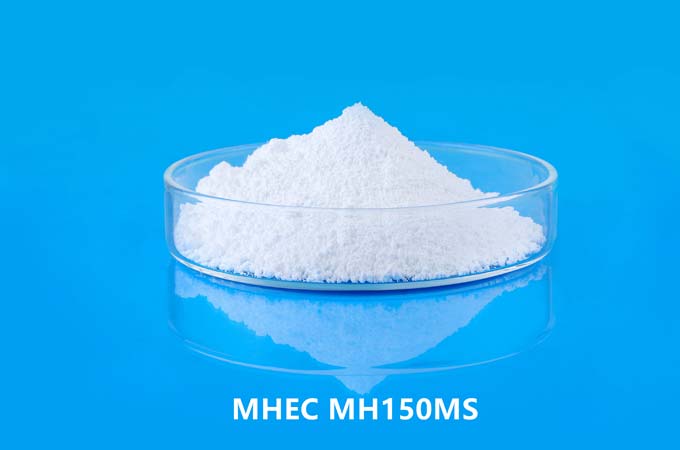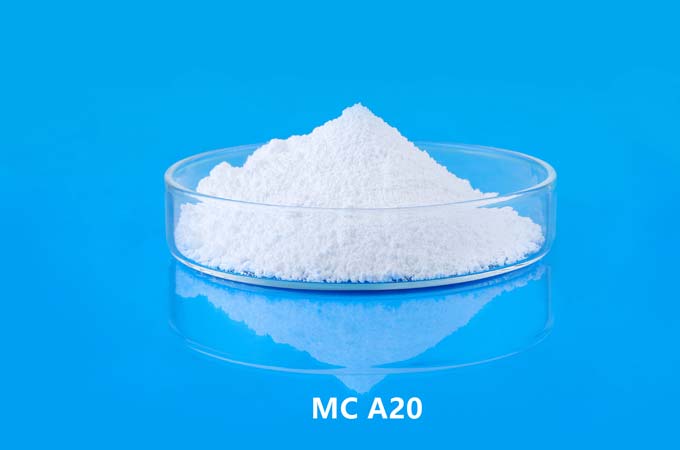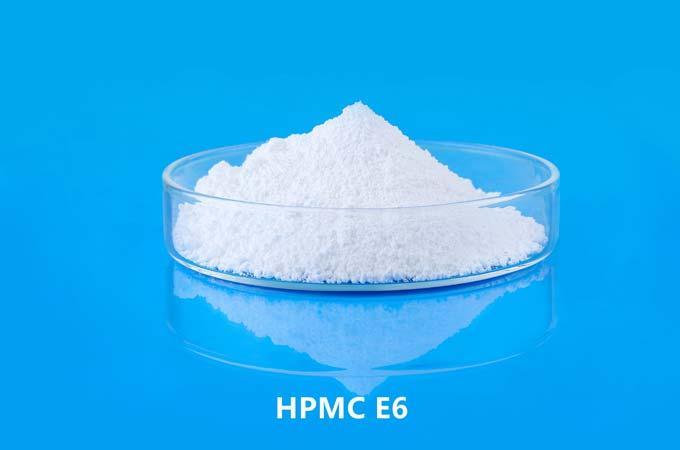Bread has become a favorite food among consumers because of its good taste, many types, and the advantages of being easy to carry. Wheat flour bread contains gluten, and if you have celiac disease, consuming gluten can trigger an immune response in the small intestine that can damage the lining of the small intestine. Currently, one in 200 people in Europe and one in 250 in the United States have celiac disease. While there is no effective cure for celiac disease, following a strict gluten-free diet can help manage symptoms.
The biggest difficulty in making gluten-free bread is that the starch does not contain gluten, and the gluten network structure cannot be formed during the production process to maintain the CO2 gas produced during the fermentation process. But this problem can be solved by adding a binder to the starch to mimic gluten in wheat flour bread, and then they form a network of cells that can sustain the CO2 gas produced during fermentation. Cellulose molecules form a crystalline supramolecular structure through intermolecular and intramolecular hydrogen bonds, and have a macromolecular structure similar to a network. The molecular chains of cellulose have the same structural units as starch.
Hydroxypropyl methylcellulose and sodium carboxymethyl cellulose are nonionic and ionic ethers of cellulose, respectively, used in food to increase viscoelasticity, stability, and hygroscopicity. 【Abstract】 By adding different amounts of hydroxypropylmethylcellulose and sodium carboxymethylcellulose to rice flour, their effects on specific volume, water loss rate, skin color, hardness, elasticity and sensory properties of gluten-free bread were studied. The influence of characteristics. Sweet potato starch, providing reference for the production process and storage of gluten-free bread.
Raw Material
Rice flour, sweet potato flour; first grade white sugar, first grade salt; peanut oil; yeast; water; hydroxypropyl methylcellulose, sodium carboxymethylcellulose (100 mesh): Shengde Chemical Co., Ltd., food additive.
Bread Making Process
Ingredients are mixed in proportion→dough preparation→bread dough shaping→proofing→baking→finished product
After mixing the ingredients evenly, stir with a vertical mixer at a speed of 150r/min for 7min. Then shape the loaf in the prepared 10 x 4 x 7cm modeling loaf pan. When proofing, the temperature of the bread proofing machine is 30°C, the relative humidity is 70%, and the proofing time is 45 minutes. Baking conditions: upper temperature 205°C, lower temperature 200°C, baking time 28 minutes. The bread is done when the temperature drops to 30°C in the freezer bag.
1. Effect on Bread Specific Volume
After adding hydroxypropyl methylcellulose and sodium carboxymethylcellulose, the specific volume of bread increased, and the ratio of adding 2% of hydroxypropylmethylcellulose and sodium carboxymethylcellulose to that of bread with 1% Large capacity. Compared with the blank sample, the increase in specific volume of bread after adding 2% sodium carboxymethyl cellulose was the largest, increasing by 22%, while adding 1% sodium carboxymethyl cellulose had the smallest increase, increasing by 6%. The specific volume of bread is determined by two factors. One is the amount of CO2 gas produced during the fermentation process; the other is the amount of CO2 gas held in the bread. Both hydroxypropyl methylcellulose and sodium carboxymethylcellulose have a crystalline network structure, which can better retain CO2 gas and increase the volume of bread.
2. The Effect on the Water Loss Rate of Bread
After adding hydroxypropyl methylcellulose, the water loss rate of bread basically remained unchanged; after adding sodium carboxymethylcellulose, it decreased slightly, and after adding 1% sodium carboxymethylcellulose, it decreased by 7%. Hydroxypropyl methylcellulose and sodium carboxymethylcellulose have a chain structure similar to starch and have good compatibility with starch. Hydroxypropyl methylcellulose and sodium carboxymethylcellulose have viscosity and water retention properties, which can not only bind starch grains together, reduce the fluidity of starch grains, but also bind bread crumbs to improve binding force, This keeps the moisture in the crumbs. bread. As an ionic ether, sodium carboxymethyl cellulose is prone to electrostatic interaction with the slats in the bread, weakening the interaction with water molecules,
3. The Effect on the Color of the Bread Crust
The color of bread will affect the sensory acceptance of consumers, and the yellowness index is an important parameter to measure the color of bread. The greater the yellow index, the easier it is for consumers to accept.
Under the same baking temperature and time, the yellowness index of bread after adding hydroxypropyl methylcellulose and sodium carboxymethylcellulose was greater than that of the blank sample. And with the increase of the added amount, the yellowness index of the bread increases. The yellowness index of bread with 2% sodium carboxymethyl cellulose increased the most, reaching 37%, while the bread with 1% hydroxypropyl methyl cellulose increased the least, with an increase of 6%.
4. Effect on Bread Hardness and Elasticity
Hardness and elasticity are the most important parameters to measure the rate of aging of bread. It can be seen from the hardness and elasticity of gluten-free bread after adding different amounts of hydroxypropyl methylcellulose and sodium carboxymethylcellulose for 2h, 24h and 48h that the addition of hydroxypropylmethylcellulose and carboxymethylcellulose Sodium cellulose base can significantly reduce the hardness of bread, while increasing the elasticity of bread. Over time, bread becomes firmer and less elastic. Compared with the blank sample, after the bread was left for 24 h and 48 h, adding 1% sodium carboxymethyl cellulose had the greatest reduction in the change rate of bread hardness, which were 18% and 21%, respectively.
5. Effects on Sensory Properties of Bread
Through sensory evaluation, the crust color, surface texture, chewiness and mouthfeel of the bread added with hydroxypropyl methylcellulose and sodium carboxymethylcellulose were all better than those of the blank sample. The bread with 2% hydroxypropyl methylcellulose had the highest chewiness, but the taste was not better than that of the blank. This is because the aqueous solution of hydroxypropyl methylcellulose and sodium carboxymethylcellulose has a high viscosity, which increases the viscosity inside the bread and reduces the texture of the bread. Due to the difference in the gas holding capacity of hydroxypropyl methylcellulose and sodium carboxymethylcellulose, cracking may occur on the surface of the bread during the baking process, resulting in a decrease in the texture of the bread surface.
In Conclusion
The quality of gluten-free bread was significantly improved after adding hydroxypropyl methylcellulose and sodium carboxymethylcellulose. After adding hydroxypropyl methylcellulose and sodium carboxymethylcellulose, the specific volume, color, hardness, and elasticity of the bread were improved compared with the blank sample, and it was more acceptable sensory. However, the water loss rate was slightly lower than that of the blank sample.
 English
English 日本語
日本語 français
français Deutsch
Deutsch Español
Español italiano
italiano русский
русский português
português العربية
العربية Türkçe
Türkçe Nederland
Nederland



